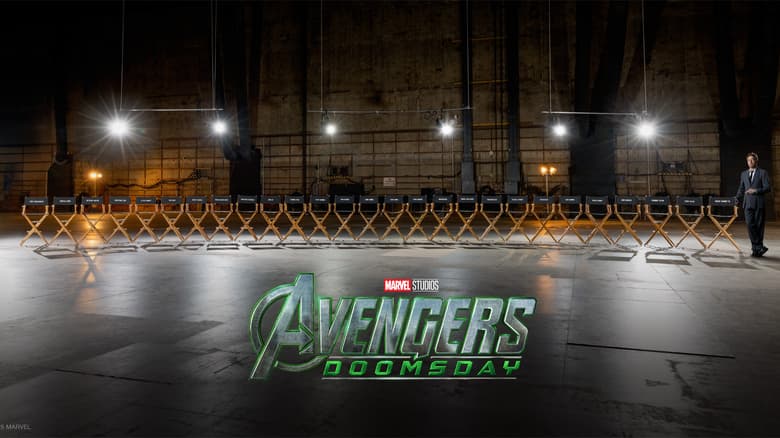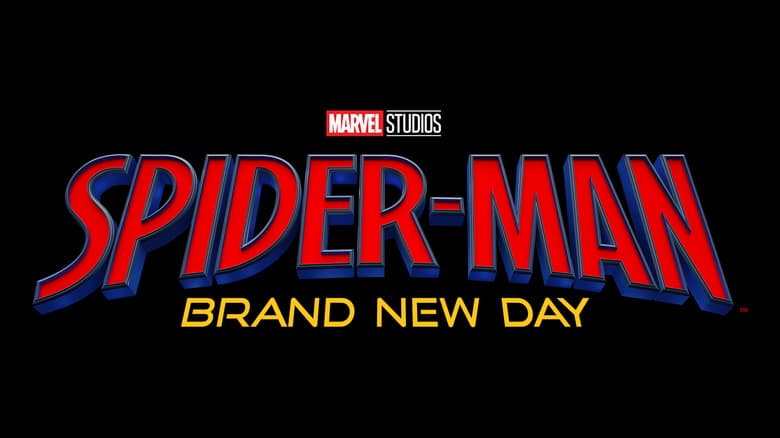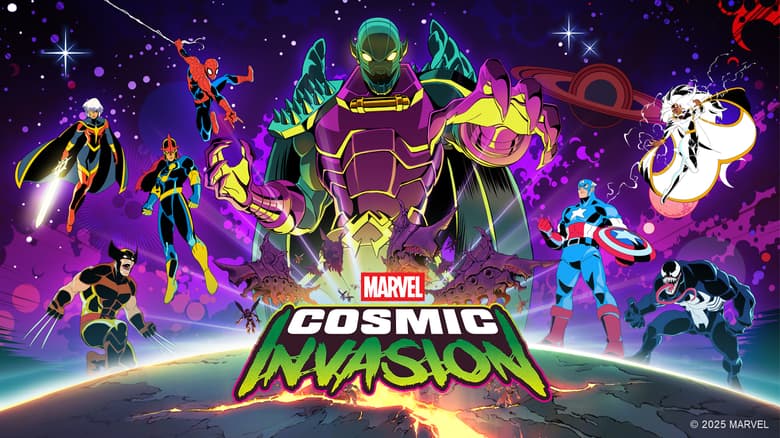Marvel Returns to its Horror Roots
Writers Cullen Bunn and Clay McLeod Chapman talk 'Journey Into Unknown Worlds' #1!

Back in the 1950s, before Super Heroes became synonymous with comic books, the medium featured a variety of genres; romance stories, cartoon funnies, sci-fi, crime, and horror anthologies all shared space on cramped newsstands.
JOURNEY INTO UNKNOWN WORLDS made its debut in 1950, when Marvel Comics was still titled Atlas Comics. While it's one of the lesser-known anthology books today, legends like Russ Heath, Sol Brodsky, Joe Sinnott, Gene Colan, Gil Evans, Carl Burgos, John Romita Sr., and many others all chipped in to make sure readers got their dime's worth with the mag.
And now, as part of Marvel's 80th anniversary celebration, JOURNEY INTO UNKNOWN WORLDS will get a chance to scare audiences once again. Hitting stores tomorrow, the issue kicks off with "Bones of the Earth" by writer Cullen Bunn and artist Guillermo Sanna, followed by writer Clay McLeod Chapman and artist Francesco Manna's "Chrysalis".
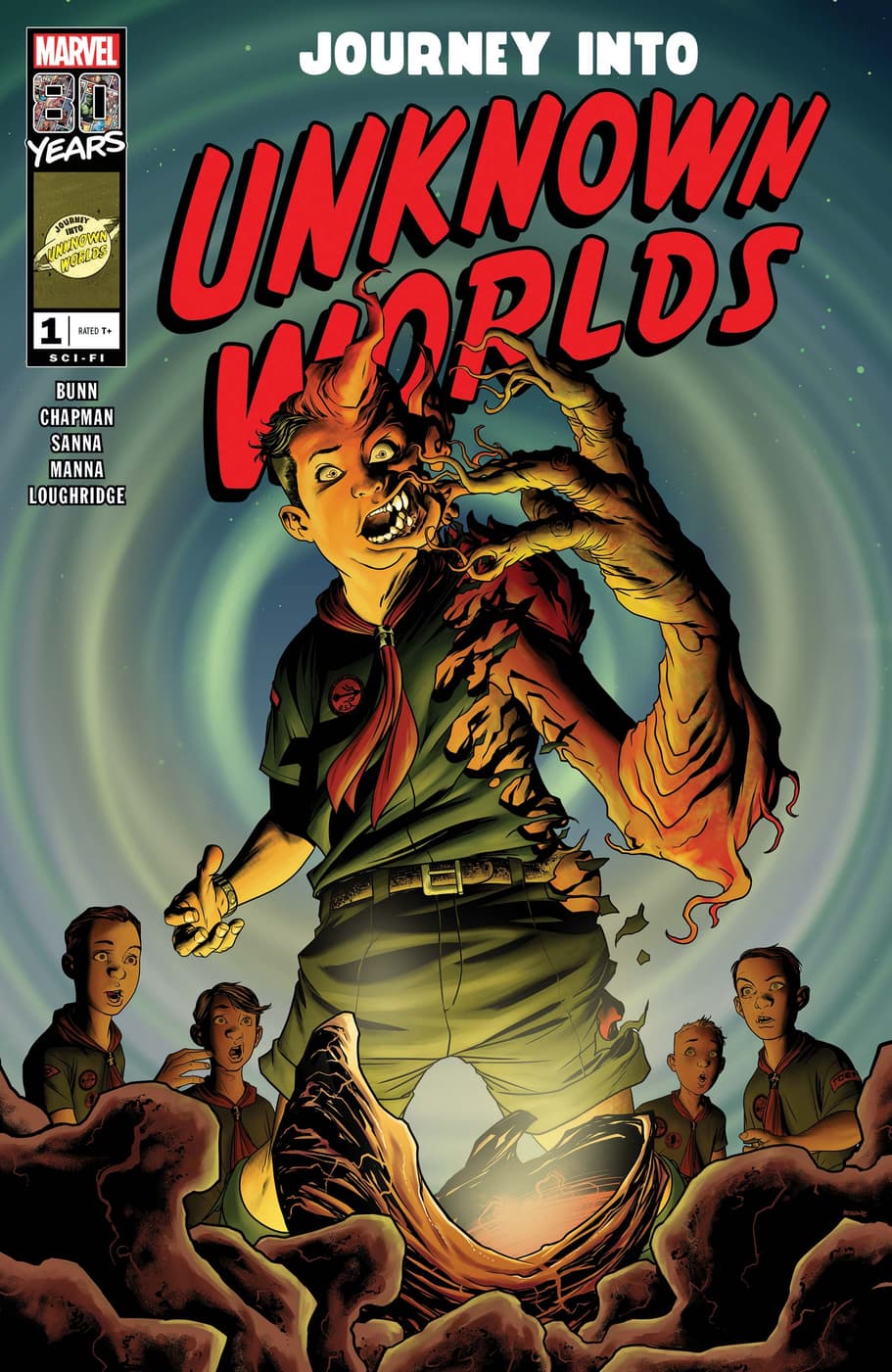
We talked with both writers about their histories with the series, taking cues from the masters, and giving modern readers a few old-fashioned thrills.
Marvel.com: The original run of JOURNEY INTO UNKNOWN WORLDS is a pretty deep-cut Atlas anthology series. How familiar were you with it going into this issue?
Cullen Bunn: I was fairly familiar. I think I even have a few old, very ratty copies in my collection somewhere. I haven't read many of those issues, but I feel like I have a pretty good idea what that series was all about. I love-love-love books like that—great, old, weird science fiction and horror stories. That's one of the reasons this project interested me.
Clay McLeod Chapman: The covers! Have you seen the covers? The covers are amazing! I wish my walls were papered over with nothing but covers from the original run. I remember poring over these gorgeous portraits. "The Witch Woman!" "The Broth Needs Some Body!" "The Ice Monster Cometh!" The covers told stories in and of themselves. As a kid, I was too terrified to even open the comic up. I never got passed the covers!
Marvel.com: Back in the 1950s and in the lead-up to the real birth of the Marvel Universe in the early 1960s, these horror and sci-fi books were very common. Did you do any digging into that era and find any hidden gems?
Bunn: I didn't have to do a lot of digging. I have tons of books like this in my collection and on my shelves. I absolutely dug through a bunch of stories from that era, getting a feel for the kind of vibe I wanted to convey in this piece. That was a big part of the fun! Finally, all those old horror anthology series I've had bound into custom hardcovers display the research value I always knew they'd have!
McLeod Chapman: It really is a treasure trove. I feel like you could spend hours, days, just flipping through these amazing stories. I remember "In the Closet." Or "The Last Voice You Hear." The DNA of these stories really embedded itself into the fabric of my imagination. Just the narrative framework alone—that Twilight Zone-style setup and punchline with a twist—is something that I still cop to today. If I had my way, I'd write stories in this style 'till the day I die. Just put me in a cabin in the woods and I'll whip up millions of these little buggers.
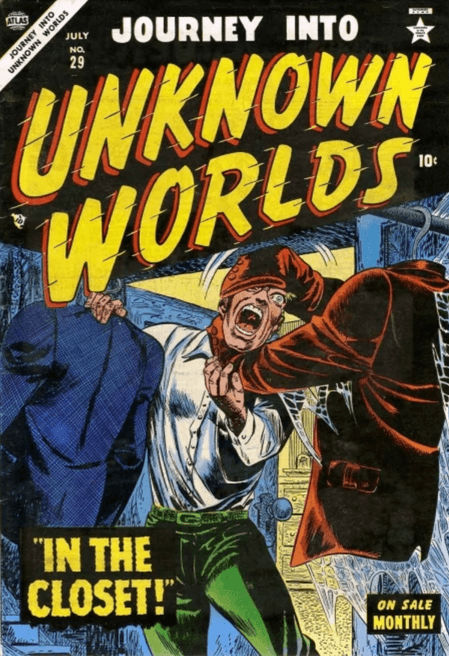
Marvel.com: Do you think there's a trick to making a one-off short comic piece like this a memorable one?
Bunn: There are plenty of tricks to making a one-off story work, but it is always a challenge. Done right, you really have something special. With this one, I wanted to leave the reader with something to think about. I wanted the events of this story to haunt them long after they're done reading.
McLeod Chapman: I think of them as pop songs. You need a gnarly hook. Something you'll be humming to yourself for days. A real earworm. But beyond the tune, there's got to be something the song's saying to really sink into people's systems. Something they can identify with. An emotional jolt that goes straight to the reader's heart. I think the best one-off comics I've ever read are the ones that focus on the emotional connection between the reader and the character. Human interest stories. They don't feel the burden of the canon, they don't have to play in larger story arcs.
They're small. Hand-carved, almost. They can focus on the simplest beat, a single blip in the cosmos, but it's rooted in something more intimate. Something more personal. It almost feels as if these tiny stories are happening all the time in the Marvel Universe, like Spider-Man doing his laundry and lends an old woman a quarter, but we just never see them. A one-off allows you to isolate and frame those small, intimate stories, and give them their moment in the sun. A tiny pearl.
Marvel.com: What elements of those original stories were you trying to recreate or update with your tale?
Bunn: More than anything, I wanted a sense of weirdness to permeate the story. It's a strange, twisted tale, and the weirdness is there right from panel one. Then, of course, it kicks into high gear with the flip of a page. The weirdness and horror factor just keeps escalating until it reaches an awful breaking point.
McLeod Chapman: The way I view the experience is this: The original run is Howard Hawks' The Thing from Another World. And then when we got our hands on it, we turned it into John Carpenter's The Thing. I wanted to honor the source material, while bringing in the contemporary tools of the trade and maximizing them for an updated rendition of a classic story. Francesco Manna was totally my Rob Bottin.
Marvel.com: What can you tell us about the stories you tell in the issue?
Bunn: "Bones of the Earth" is a story about a research team investigating what might be the site of first contact with an alien race. That's pretty vague, but I really don't want to ruin any surprises. That synopsis is essentially what our heroes learn on the first page of the story. After that page, everything they know—or think they know—gets thrown out the window. I want the reader to feel just as confused, lost, and hopeless as the characters in this story do.
McLeod Chapman: It's a coming-out tale. It's a love letter to the kid who doesn't quite fit in. Who's different. Who gets picked on by all the other kids. Who's waiting for that moment in their life to come into their own. To become something...out of this world.
Marvel.com: How was it working with your respective artists in this format?
Cullen Bunn: There are some intense visual elements to this story. Some really, really grotesque imagery. When I saw what Guillermo had done, I was in horrified awe of his talent.
McLeod Chapman: It's safe to say, when you're working with an artist of Francesco's caliber, you've just got to bow down and let them be who they are. He's the big gun! His work is amazing... He took my teeny-tiny story and lifted it up to a higher level. I got lucky.
Read JOURNEY INTO UNKNOWN WORLDS #1 at your local comic shop tomorrow!
The Hype Box
Can’t-miss news and updates from across the Marvel Universe!
